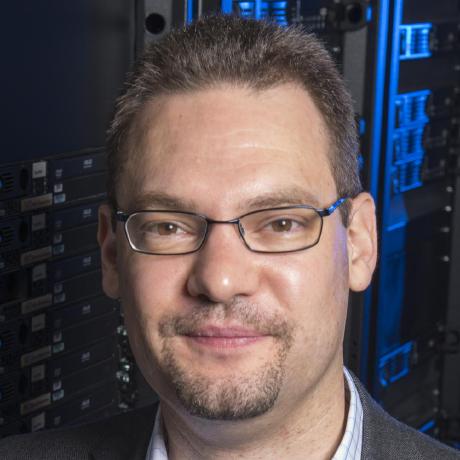
Oliver Gutsche
Fermi Nationial Accelerator Laboratory (FNAL)
Biography
Oliver Gutsche is a Senior Scientist at the Fermi National Accelerator Laboratory and a particle physicist conducting leading edge research for New Physics Beyond the Standard Model of Particle Physics. He is a member of the CMS collaboration more than 3000 physicists from more than 50 countries out of which over 1000 are students that is operating one of the 4 detectors at the Large Hadron Collider (LHC) at CERN. He was part of the team that discovered the Higgs Boson in 2012.
Gutsche is a leader in scientific computing and has acquired deep knowledge and expertise in scientific software and computing infrastructure. He has extensive experience in planning, developing, and operating distributed computing infrastructures that provide access to several hundred-thousand computing cores and hundreds of petabytes of disk space. He is intimately familiar with scientific grid sites, academic and commercial clouds and the largest U.S. supercomputers. He is also an expert in object-oriented software development, statistical data analysis methods and Monte Carlo simulation techniques as well as various optimization and machine learning techniques.
Gutsche has held various management positions in the CMS collaborations as well as at Fermilab. He is currently the U.S. CMS Software and Computing Operations Program manager, overseeing the U.S. CMS Tier-1 and Tier-2 facilities as well as software maintenance and development efforts for core software, computing infrastructure software and analysis systems. The operations program receives both funding from the National Science Foundation (NSF) and the Department of Energy (DOE). He is currently the CMS Software & Computing Coordinator in Fermilab’s Computational Science and Artificial Intelligence Directorate and Department Head for the Computing Resource Evolution Strategy in the Scientific Computing Systems and Services Division.
Project interests
Gutsche is interested in optimizing all aspects of distributed computing infrastructures. His teams are providing efficient access to central processing as well as user analysis facilities over a wide variety of different hardware and software platforms. He is especially interested in the efficient and democratic utilization of our wide area network connections, providing the underpinning of a distributed computing infrastructure.